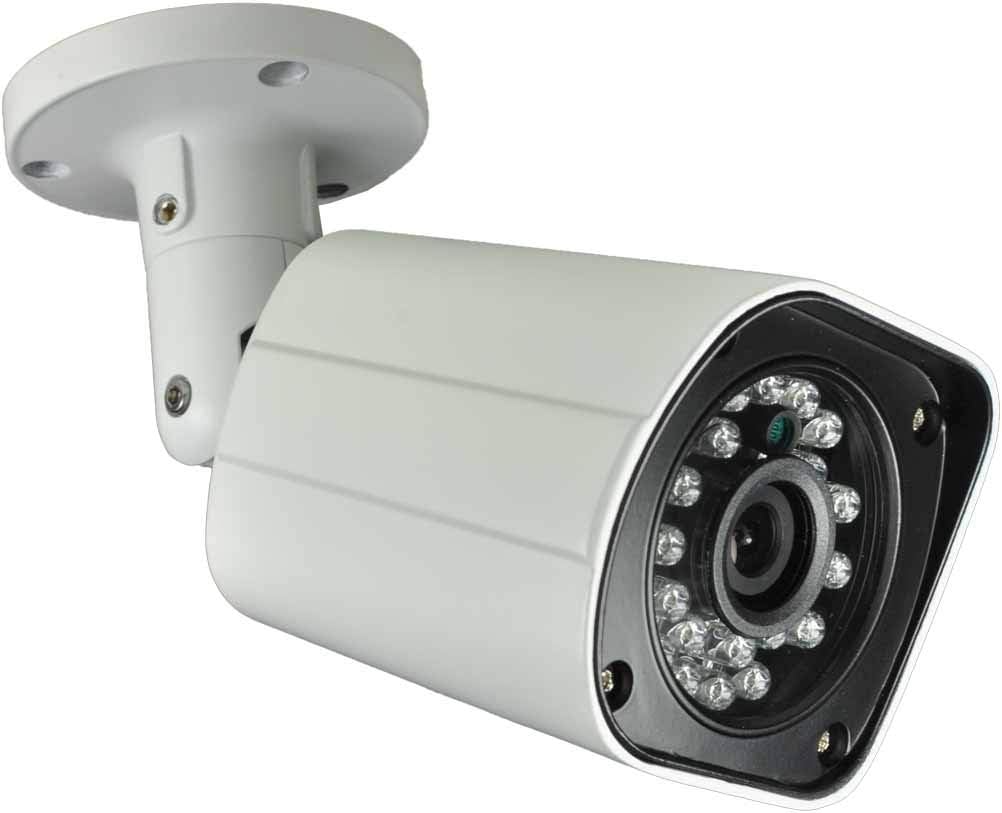
Infrared Cameras
Infrared cameras are a crucial component in modern surveillance systems, enabling security and monitoring even in complete darkness. These cameras use infrared (IR) technology to capture images by detecting heat signatures rather than relying solely on visible light. This makes them invaluable for both residential and commercial security applications. In this article, we will explore how they work, their different types, the technology behind them, and the leading brands in the industry.
How Infrared Cameras Work
Infrared cameras function by utilizing infrared light to capture images in low-light or no-light environments. They contain infrared LEDs that emit infrared light, which is invisible to the human eye but detectable by the camera’s sensor. When this IR light reflects off objects, the camera processes the reflections to create a clear image.
Many models also feature thermal imaging, which detects heat emitted by objects rather than relying on reflected IR light. This allows them to capture images based on temperature differences, making them effective for night vision, detecting intruders, and even identifying overheating equipment in industrial settings.
Types of Infrared Cameras
There are various types, each suited for different security needs:
1. IR-Illuminated Models
These have built-in infrared LEDs that provide additional illumination in dark environments. They work best in areas with minimal lighting and are commonly used for home and business security.
2. Thermal Imaging Models
Unlike IR-illuminated versions, thermal imaging models do not rely on an external IR light source. Instead, they detect heat signatures emitted by people, animals, or objects. These are ideal for military surveillance, firefighting, and perimeter security, as they work effectively in total darkness and adverse weather conditions.
3. Full-Spectrum Models
These capture a wide range of light, including ultraviolet (UV) and infrared, providing a broader spectrum of imaging. They are often used in scientific research and specialized security applications.
4. Black and White IR Cameras
Traditional black-and-white models are designed to provide high-contrast images in low-light conditions. They are widely used in security surveillance where color details are not essential.
5. Color Night Vision Models
Advanced models now offer color night vision by utilizing infrared and low-light processing together. This technology delivers more detailed images, making it easier to identify people, objects, and surroundings in low-light conditions.
Technology Behind Infrared Cameras
1. Infrared LEDs and IR Cut Filters
Most use infrared LEDs to illuminate dark environments. They also include IR-cut filters, which automatically switch between day and night modes. During the day, the filter blocks infrared light to maintain color accuracy, while at night, it removes the filter to allow IR illumination.
2. Smart IR Technology
Smart IR technology adjusts the intensity of infrared illumination based on the distance of an object. This prevents overexposure of close objects and ensures a balanced image.
3. Long-Range Infrared
Some high-end models have long-range IR capabilities, enabling them to capture clear images from a distance. This is useful for monitoring large outdoor areas such as parking lots, warehouses, and perimeters.
4. AI-Enhanced Night Vision
Artificial intelligence (AI) is now being integrated to improve motion detection, facial recognition, and object identification in low-light conditions.
Top Brands Manufacturing Infrared Cameras
Several leading brands specialize in producing high-quality and reliable surveillance solutions. Some of the top manufacturers include:
1. Hikvision
Hikvision is one of the largest manufacturers of security systems, offering a wide range of models with advanced IR technology, smart detection, and AI-powered night vision.
2. Dahua Technology
Dahua is known for its high-performance models with Smart IR technology, long-range night vision, and AI-enhanced surveillance features.
3. Axis Communications
Axis offers premium models designed for professional security applications. Their thermal imaging versions are widely used in perimeter security and critical infrastructure protection.
4. Bosch Security Systems
Bosch provides high-quality models with intelligent analytics, ensuring reliable security monitoring in all lighting conditions.
5. FLIR Systems
FLIR is a pioneer in thermal imaging technology and produces some of the best solutions for security, law enforcement, and industrial applications.
6. Uniview (UNV)
Uniview is gaining popularity with its range of affordable yet high-quality models, featuring smart IR and low-light enhancement technologies.
7. Reolink
Reolink specializes in cost-effective solutions for home and small business security. Their models offer color night vision and wireless connectivity for easy installation.
8. Arlo
Arlo provides wireless models with smart motion detection and cloud storage options, making them ideal for residential use.
Conclusion
Infrared cameras are essential for modern security and surveillance, providing clear imaging in low-light or complete darkness. With various types available, from standard IR-illuminated models to advanced thermal imaging solutions, there is a model for every security need. Leading brands like Hikvision, Dahua, Axis, and FLIR continue to innovate, ensuring that this technology remains at the forefront of surveillance advancements.
Investing in a high-quality model enhances security and peace of mind, making it a valuable addition to any surveillance setup. Whether for home, business, or industrial use, these cameras offer unmatched reliability and performance in challenging lighting conditions.
